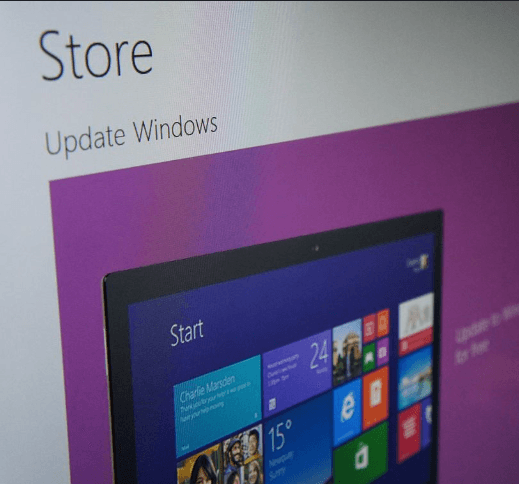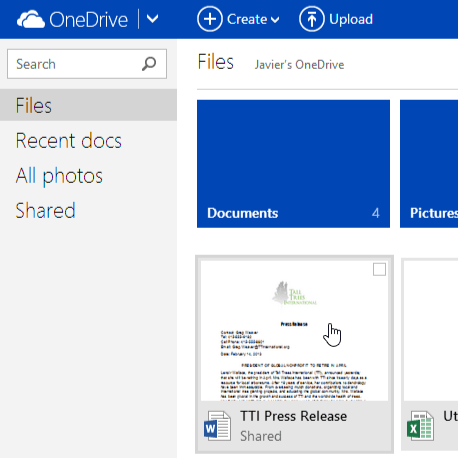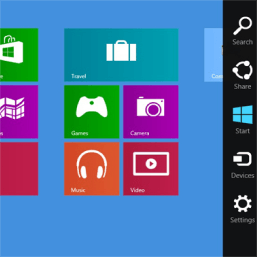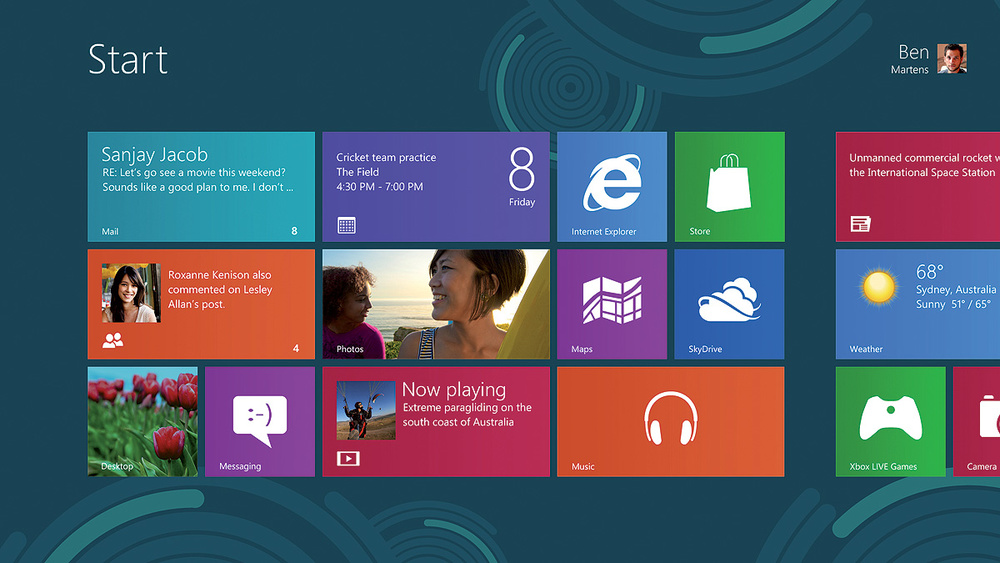The development of Windows 8 began shortly after the release of Windows 7 in 2009. Microsoft aimed to create an operating system compatible with both desktop computers and new touch-based devices, particularly tablets. Recognizing the growing popularity of smartphones and tablets, the company decided to radically redesign the Windows interface to make it more modern and touch-friendly, resulting in the creation of the Metro UI, featuring touch navigation, live tiles, and a full-screen Start Screen.
During the development process, Microsoft released several pre-release versions for developers and enthusiasts to test and provide feedback. This allowed Microsoft to gain valuable insights into the usability of the new touch-focused features and the balance between the traditional desktop environment and the Modern UI. Despite enthusiasm for the new features, there were mixed reactions to the removal of the Start Menu and the heavy emphasis on touch capabilities, which some desktop users found challenging.
Windows 8 was released to manufacturing on August 1, 2012, and became generally available on October 26, 2012. Alongside its new interface, the operating system featured performance and security enhancements but faced significant criticism. The lack of a traditional Start Menu, in particular, led to confusion among long-time Windows users. In response, Microsoft quickly began developing Windows 8.1, an update intended to address many of these usability concerns and restore some of the familiar elements that users missed.









